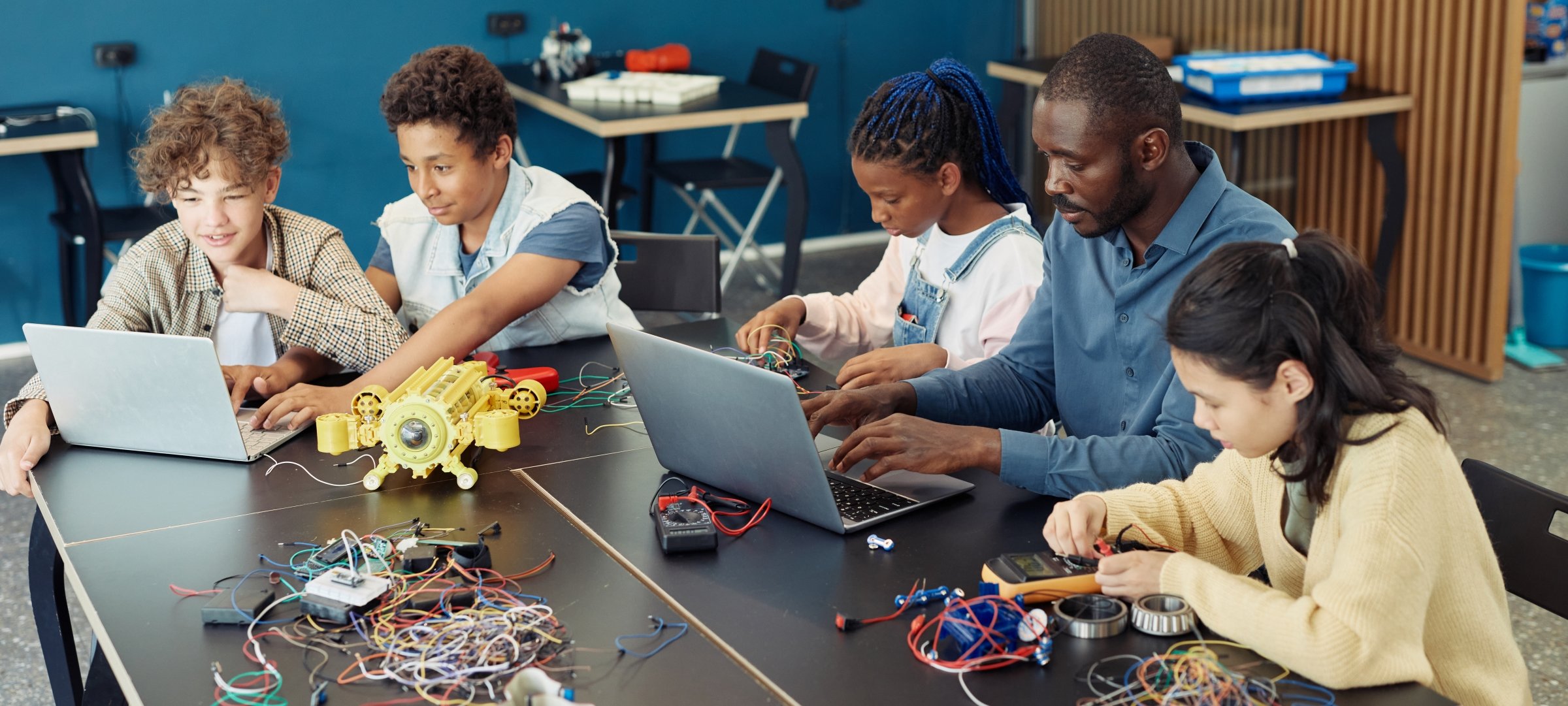Effective Classroom Management Tips for Elementary Teachers
In the bustling world of elementary education, effective classroom management is the cornerstone of a successful learning environment. Here are some invaluable tips and strategies for elementary teachers to maintain order, foster engagement, and create a positive atmosphere in their classrooms.
Establish Clear Expectations from Day One
Setting clear expectations is crucial for elementary classroom management. From the very first day of school, communicate your rules and guidelines clearly to your students. Explain the importance of listening attentively, raising hands to speak, and respecting one another. When expectations are clearly defined, students understand what is expected of them and are more likely to follow the rules.
Foster Positive Relationships with Your Students
Building strong, positive relationships with your students lays the foundation for effective classroom management. Take the time to get to know each student individually— their interests, strengths, and challenges. Show genuine interest in their lives both inside and outside the classroom. When students feel valued and respected, they are more likely to cooperate and engage in classroom activities.
Use Positive Reinforcement Techniques
Positive reinforcement is a powerful tool for encouraging desired behavior in elementary students. Acknowledge and praise students when they exhibit positive behavior, such as participating in class discussions or helping their peers. Use verbal praise, stickers, or small rewards to reinforce good behavior. By focusing on the positive, you create a supportive and motivating classroom environment.
Implement Engaging and Interactive Lessons
Keep your elementary students engaged by incorporating interactive and hands-on activities into your lessons. Use props, visual aids, and multimedia resources to make learning fun and exciting. Break up the routine with group discussions, games, or collaborative projects. When students are actively involved in their learning, they are less likely to become bored or distracted.
Create a Structured Routine
Establishing a predictable daily routine helps elementary students feel secure and confident in their environment. Clearly outline the steps for transitioning between activities, starting and ending the day, and taking turns to speak. Use visual cues, such as a classroom schedule or timers, to help students understand the flow of the day. A structured routine minimizes disruptions and helps students stay focused on learning.
Use Clear and Concise Instructions
When giving instructions, use language that is simple, clear, and easy for elementary students to understand. Break down tasks into manageable steps and provide examples if needed. Use visual aids, such as charts or diagrams, to reinforce verbal instructions. Check for understanding by asking students to repeat the instructions or demonstrate what they need to do. Clear instructions help prevent confusion and keep students on task.
Utilize Non-Verbal Cues for Behavior Management
Non-verbal cues can be powerful tools for managing behavior in elementary classrooms. Use gestures, facial expressions, or hand signals to communicate expectations or redirect students’ attention. For example, a quiet finger to the lips can signal that it’s time to quiet down, while a thumbs-up can indicate that a student is on the right track. Non-verbal cues are subtle yet effective ways to maintain order
















